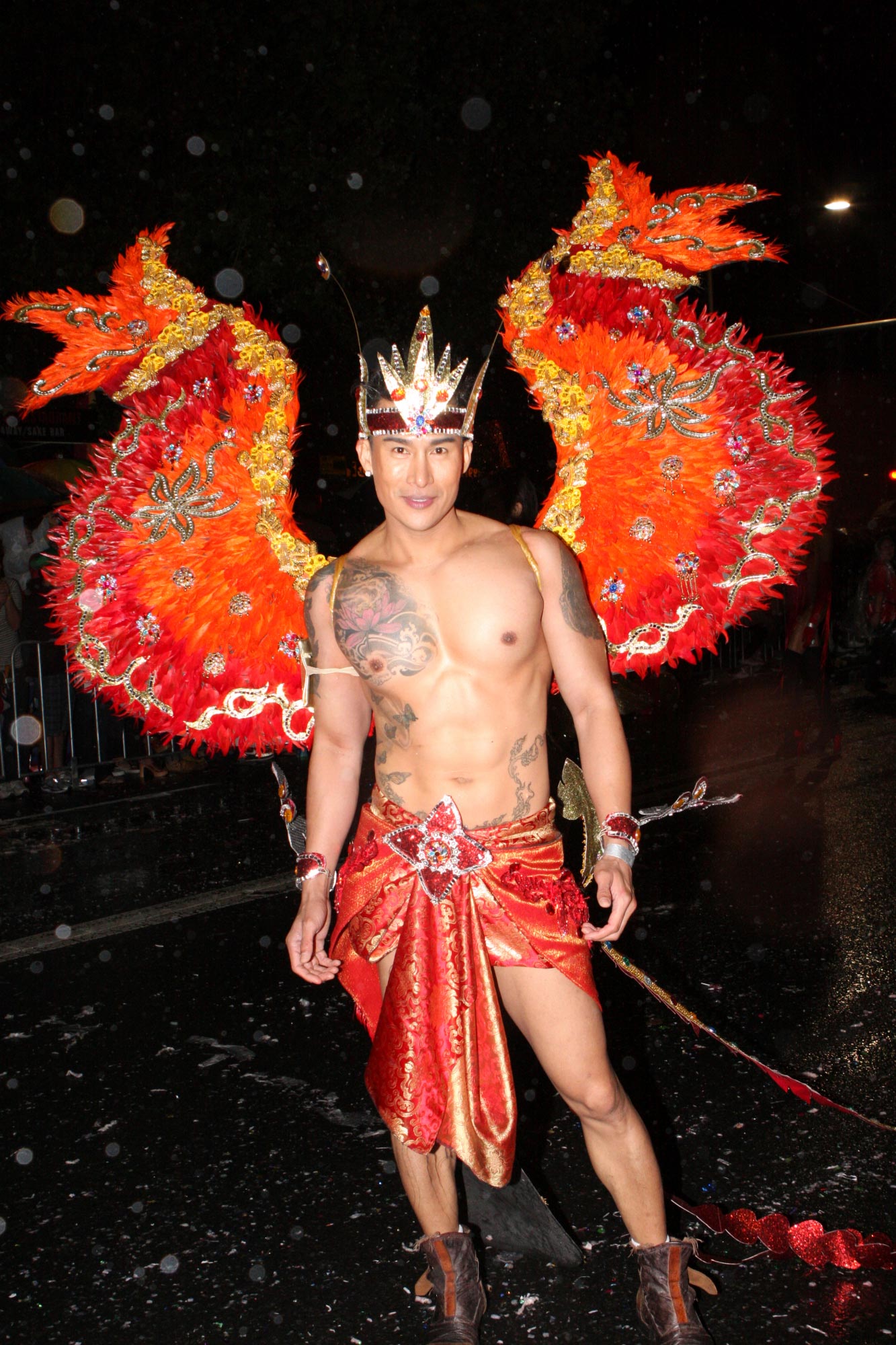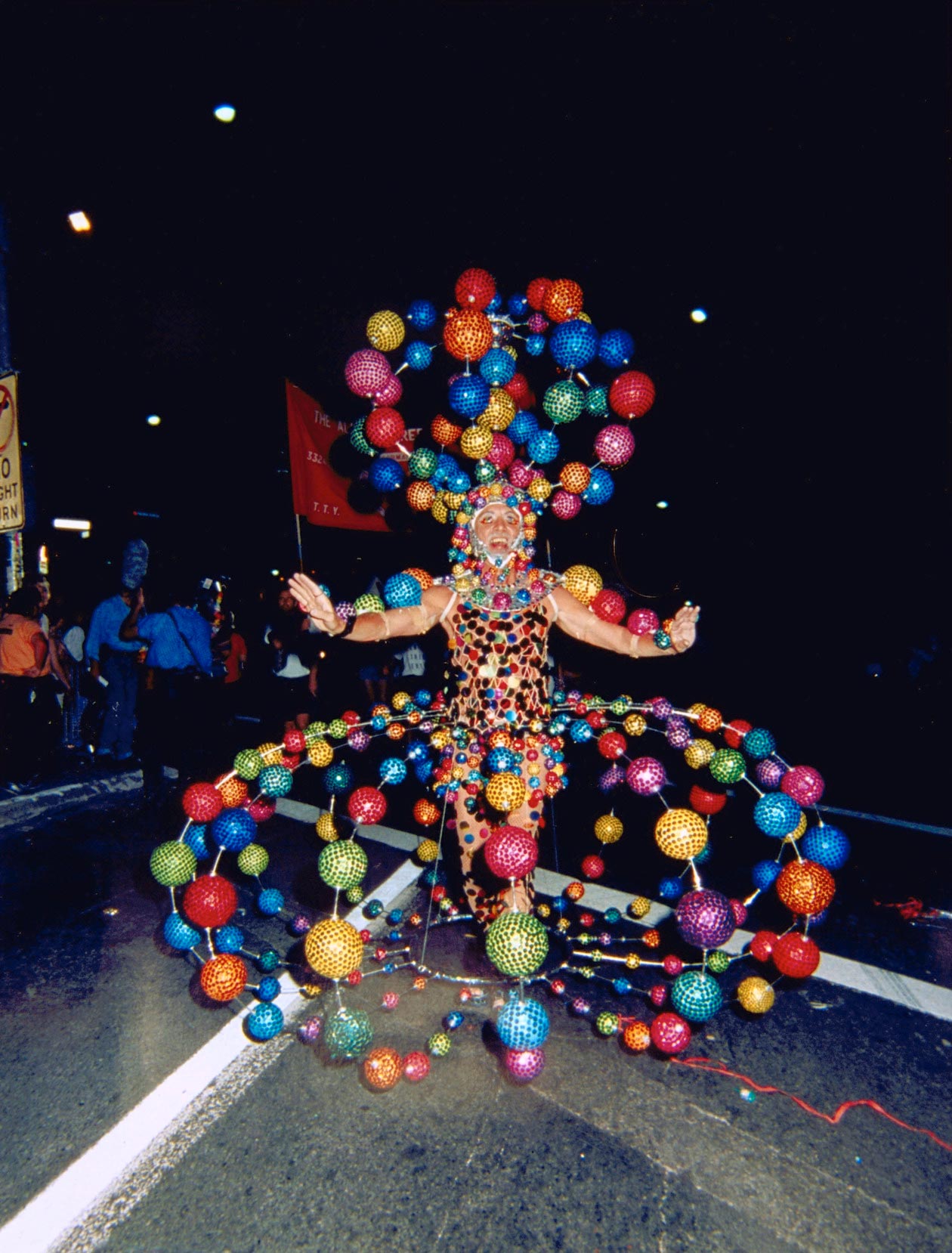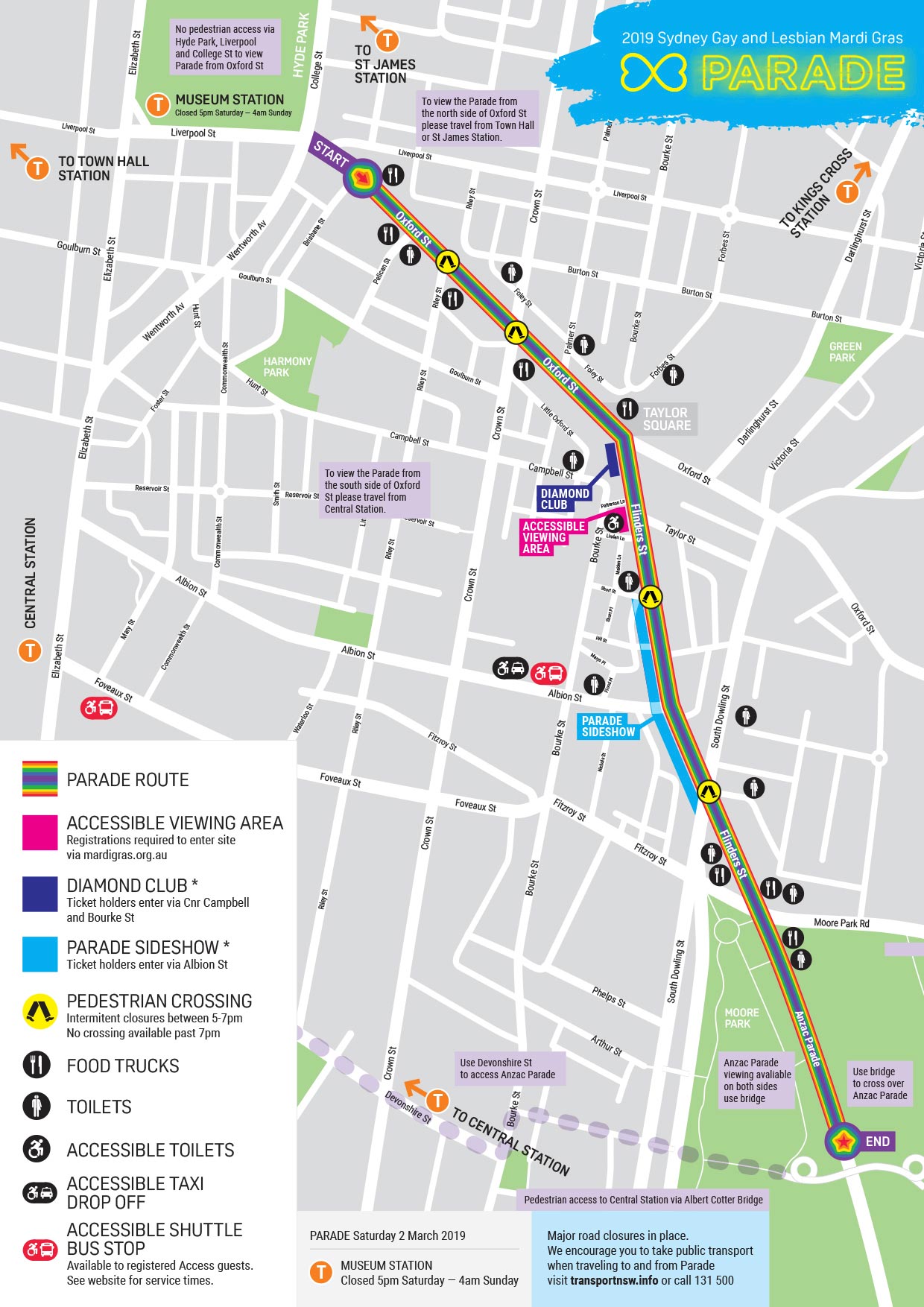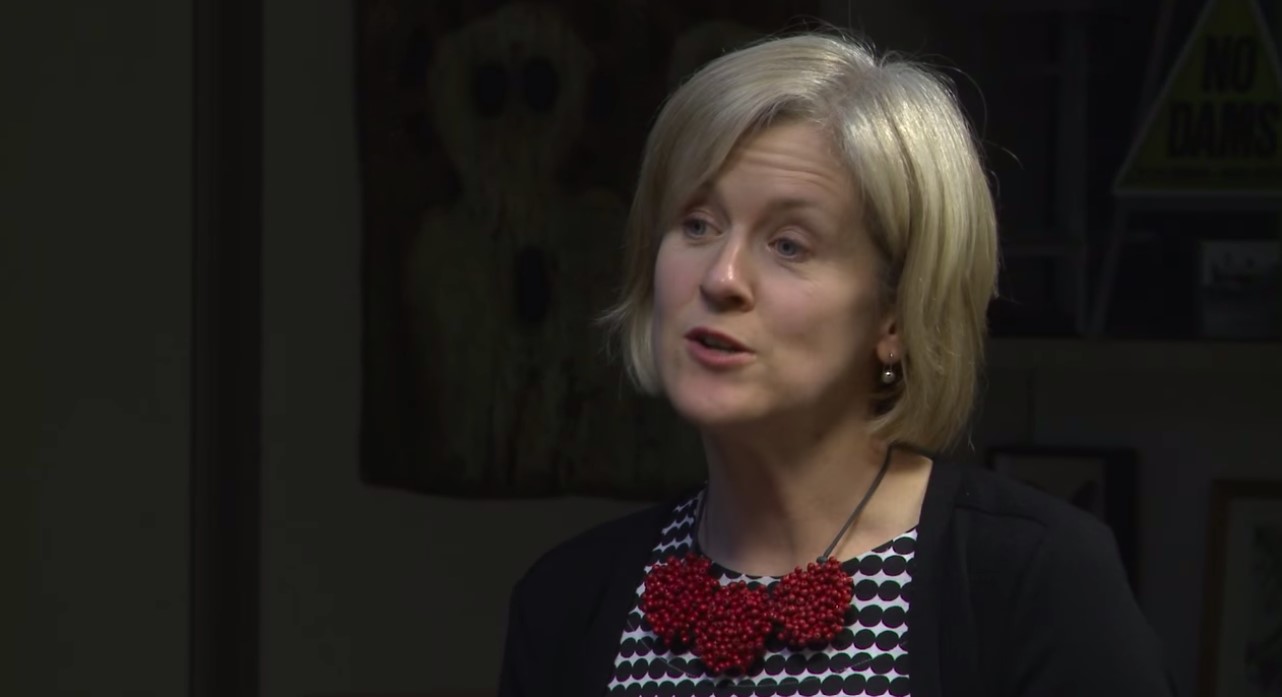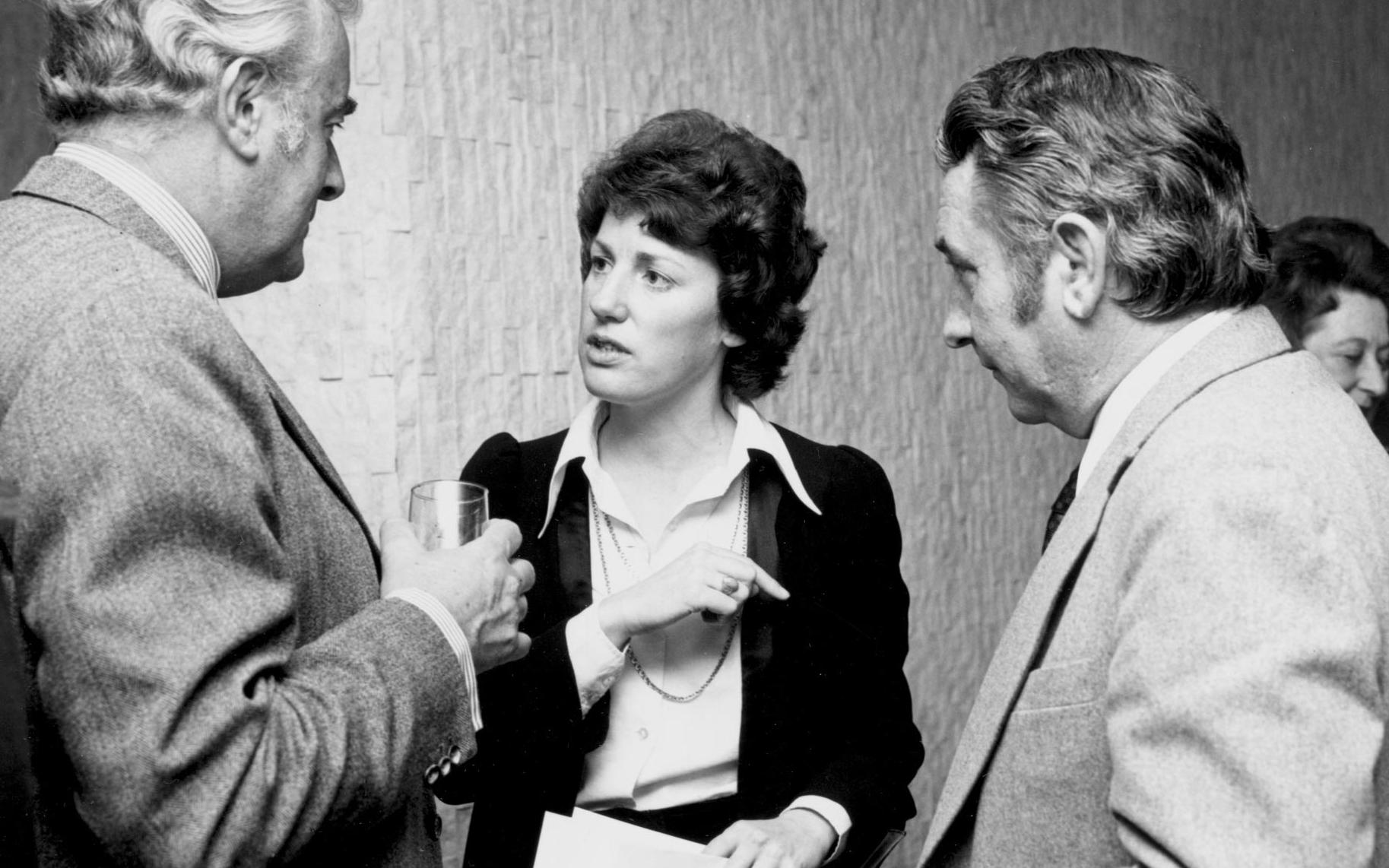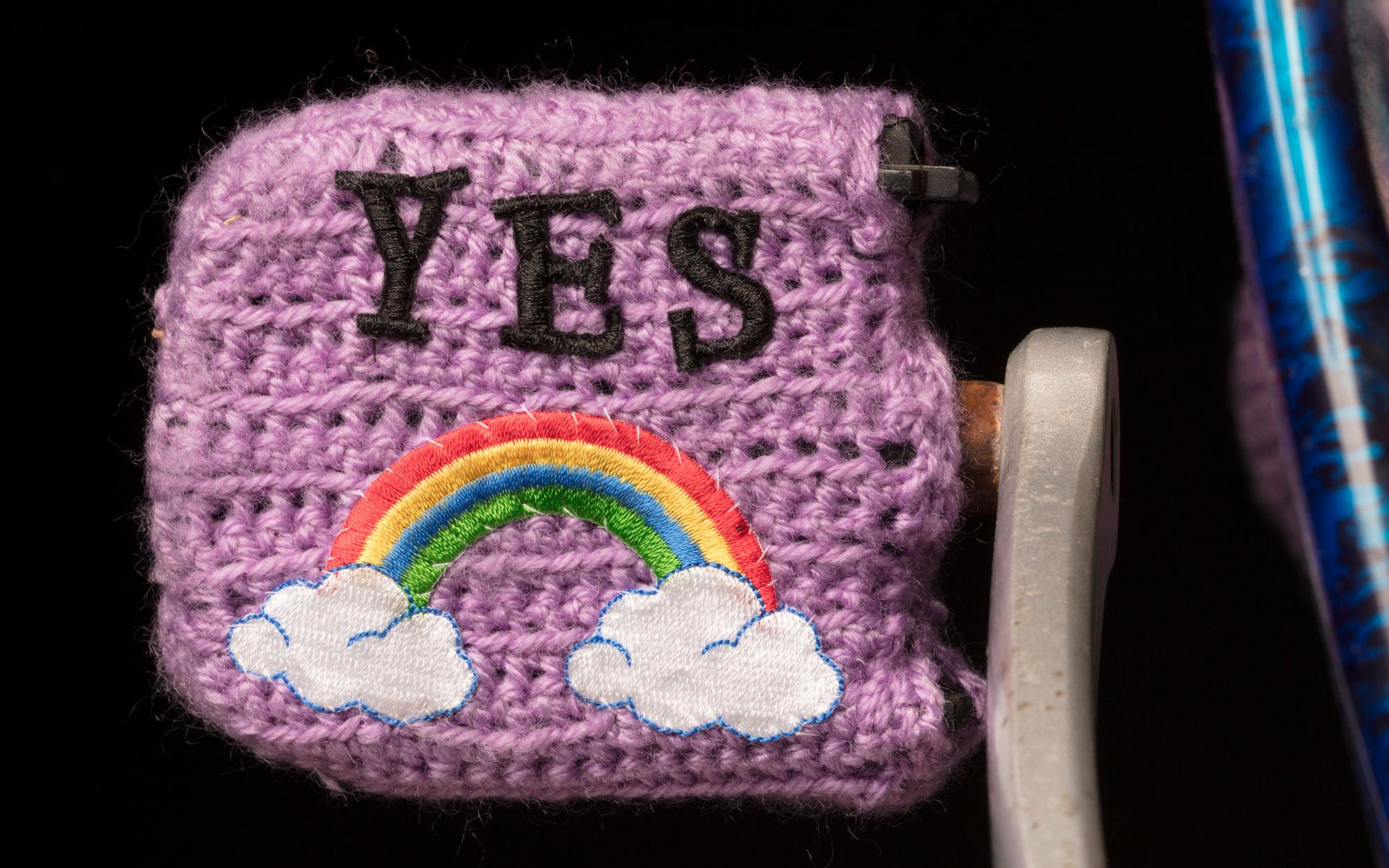A civil rights milestone
1978: First gay Mardi Gras march, Sydney
A civil rights milestone
1978: First gay Mardi Gras march, Sydney
In a snapshot
On 24 June 1978 a small group of gay and lesbian people, called the Gay Solidarity Group, organised a day of events in Sydney. They wanted to promote gay and lesbian culture and protest against the discrimination they experienced in their daily lives. Even though the daytime march and night-time street parade were peaceful, police responded with violence and arrests. This brought national attention and helped to make the parade an annual Sydney event.
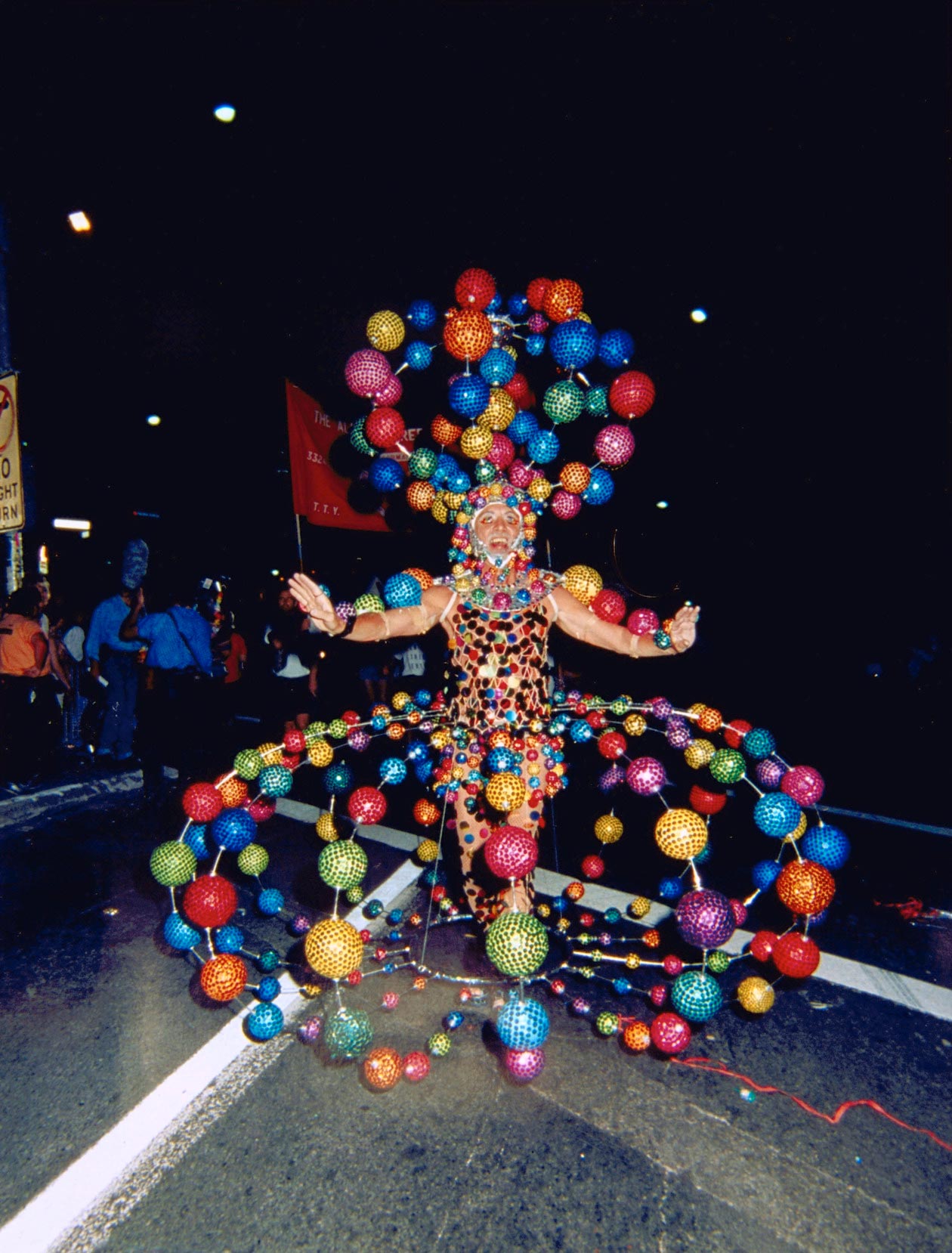
 Can you find out?
Can you find out?
1. When was the first Australian gay and lesbian Mardi Gras parade held?
2. What happened during the first gay and lesbian Mardi Gras parade?
3. How many people now attend the Sydney Mardi Gras parade each year?
When did the gay rights movement begin?
The worldwide gay rights movement began in the late 1960s after the Stonewall riots. The riots were sparked in June of 1969 in New York City when police raided a gay bar called the Stonewall Inn.
After the Stonewall riots Australian gay and lesbian activists began to organise demonstrations and marches, and produce newsletters to promote gay rights. Throughout the 1970s they were opposed by conservative social and church groups.
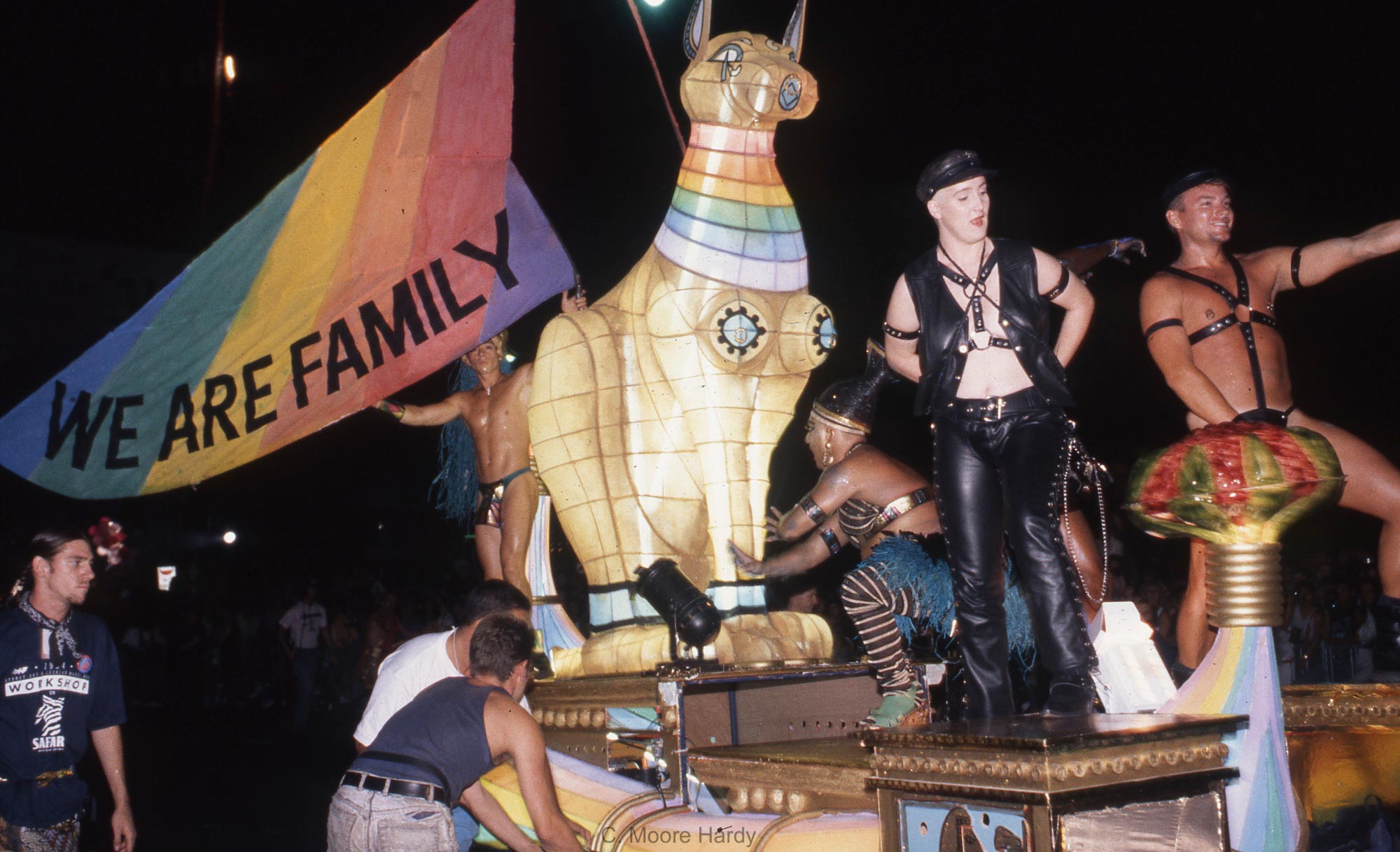
What happened at the first gay Australian Mardi Gras?
In June 1978 the 9th anniversary of the Stonewall riots, the newly-formed Gay Solidarity Group organised a daytime march and an evening parade in Sydney. This was the first Australian gay and lesbian Mardi Gras parade. The parade moved down Oxford Street, but at Hyde Park police blocked their path and confiscated a truck and loudspeaker. When the parade began moving towards Kings Cross, police arrested 53 participants.
Soon after supporters of those who had been arrested began ‘drop the charges’ campaigns (urging authorities to drop criminal charges against participants). In response the police made more arrests. But public opinion was beginning to change and, by the end of 1979, all charges against the people arrested were dropped. At the same time laws that allowed for street marches and parades were made less strict.
The first Mardi Gras parade was an important civil rights milestone for gay and lesbian people in Australia.
Research task
Take a look at the photograph of the prize-winning 1994 Mardi Gras costume created by Ron Muncaster. The costume is named after an American actress, Lucille Ball. Find out about Lucille Ball’s background and her connection to the gay and lesbian community.
‘I’d gone along expecting a Mardi Gras and finished up in a humdinger of a riot in Kings Cross.’
How did Mardi Gras become an annual event?
The second Mardi Gras parade, held in 1979, was attended by 3000 people and no arrests were made. After this success the gay community decided to hold an annual parade and use the event to campaign for better protection against discrimination in Australian society. Over time Australians began to accept gay people as customers and employees, and businesses that catered to gay and lesbian people became more open.
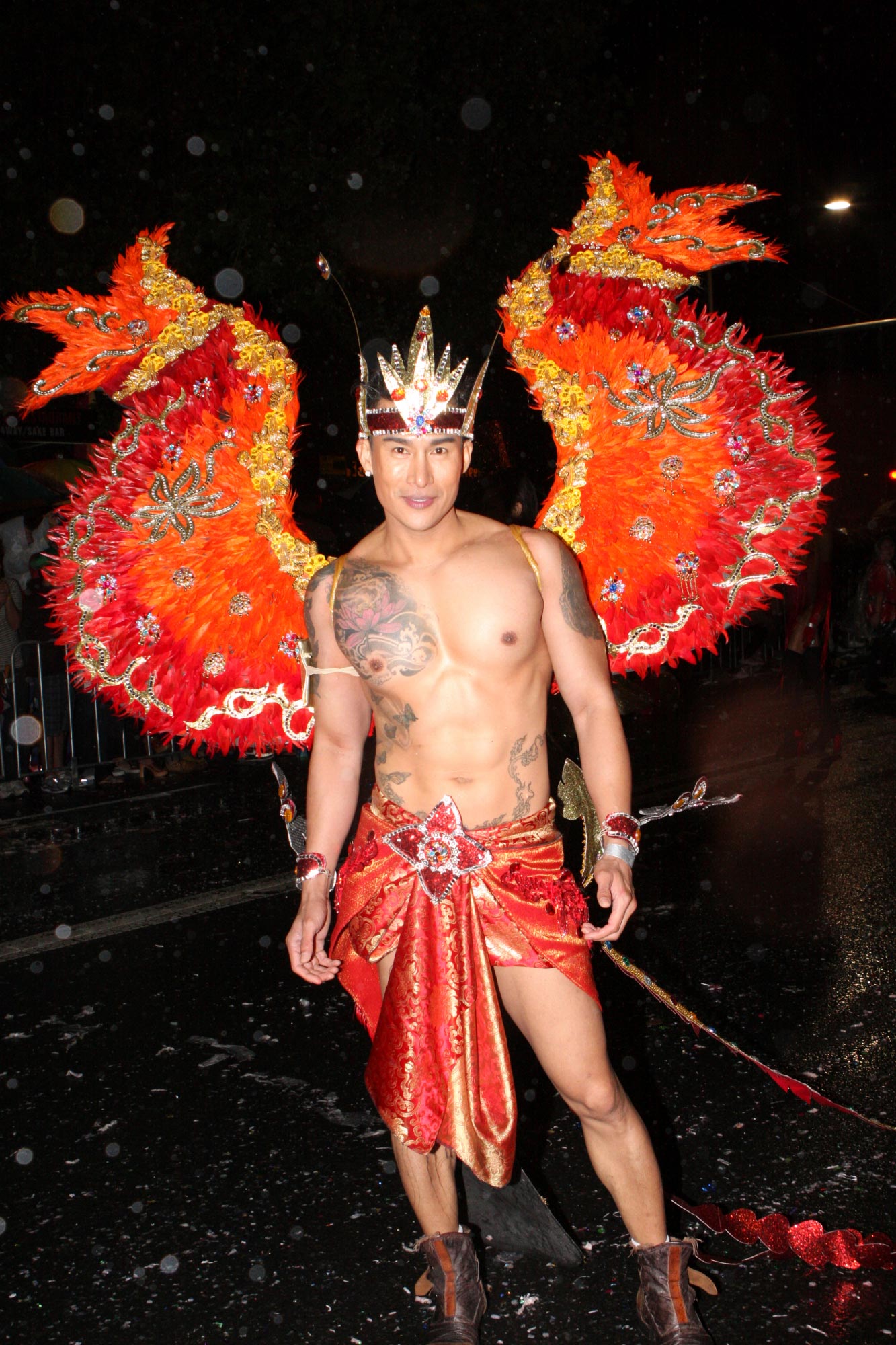
Mardi Gras faced its next challenge with the spread of the AIDS (acquired immunodeficiency syndrome) virus. In 1985 the organisers of the Mardi Gras parade came under pressure to cancel the event because of an increasing fear of AIDS. Despite these fears the parade went ahead. Mardi Gras helped the gay and lesbian community build a sense of determination and resilience.
Today the gay and lesbian Mardi Gras and is one of the major events on Sydney’s calendar. It a festival lasting several weeks. But the parade is still the main event, attracting more than 200,000 people each year. The survival and success of Mardi Gras represents a remarkable and defining change in public attitudes.
‘Many of us know people who just wanted to live to see one more Mardi Gras, it was so important in their lives. And they did, and still do.’
Read a longer version of this Defining Moment on the National Museum of Australia’s website.
 What did you learn?
What did you learn?
1. When was the first Australian gay and lesbian Mardi Gras parade held?
2. What happened during the first gay and lesbian Mardi Gras parade?
3. How many people now attend the annual Sydney Mardi Gras parade each year?








